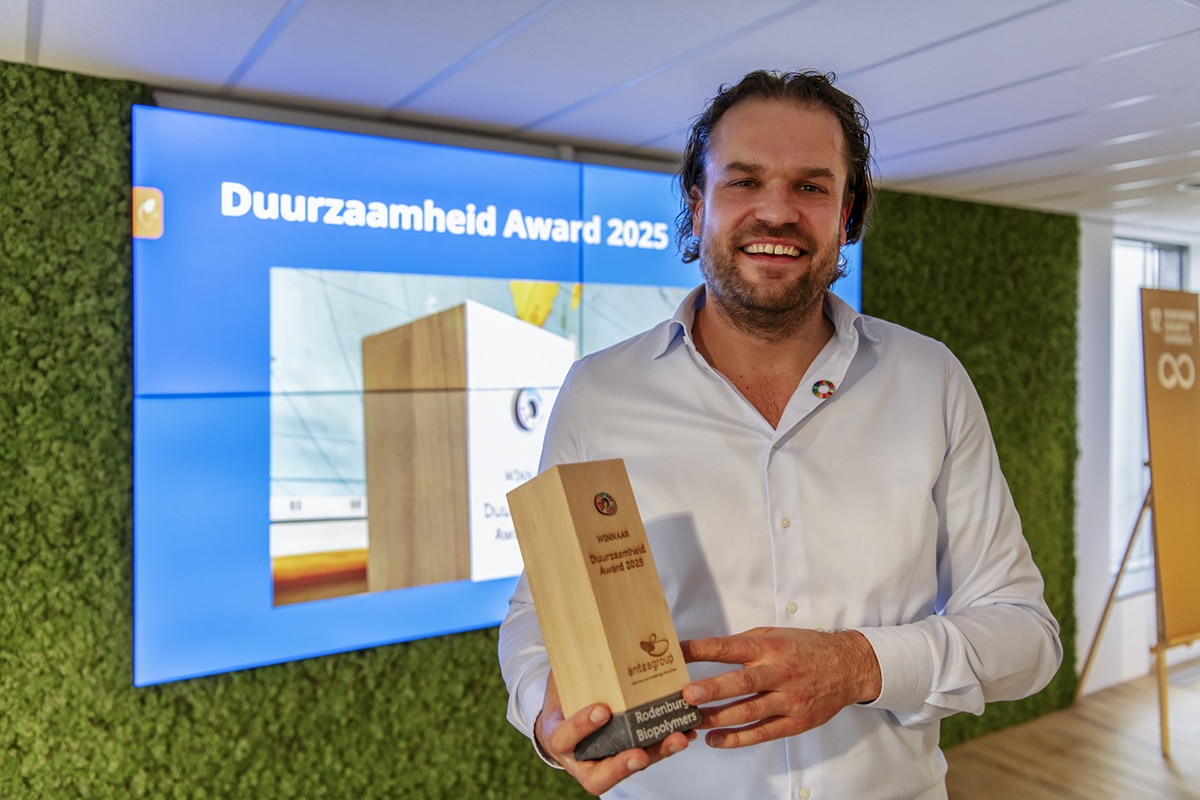
Specialist underwater measurements for perfectly fitting lock gates
The Netherlands has almost two thousand locks. About 140 of these locks are part of the main waterway network and are managed by Rijkswaterstaat. Regular inspection and maintenance of these lock gates and associated movement mechanisms are crucial to prevent (socially) highly undesirable or even dangerous situations. Reliability and availability of the locks are essential for shipping and the economy. This applies not only to unplanned failures, but also to planned maintenance. During maintenance work on lock gates, any disruption to shipping must be as short as possible. To achieve this, Iv performs specialized underwater measurements of all key components prior to maintenance work. This ensures that new or renovated lock gates fit perfectly at once.
3D underwater measurement
Underwater measurement and 3D modeling of relevant parts of the lock gates is no easy task and requires a lot of knowledge and expertise. 'Knowing is measuring' is what we call this. For example, thorough knowledge of the various door types is indispensable for smart measurement of the lock gates.
Iv has developed a 3D surveying methodology at the millimeter level for all submerged lock components. This uses highly accurate surveying equipment. The measuring equipment used for this is of the type Leica TDRA6000/TS60, industrial tachometers with an angular accuracy of 0.5'' and a distance accuracy of < 1mm. In addition, auxiliary equipment in the form of a measuring frame is used to measure the threshold on all types of doors. By accurately measuring the part of the frame above water, its position under water is determined. This provides us with the 3D position of the threshold in millimeter accuracy.
An industrial high-accuracy spirit level is used to determine the position of all vertical components under water. This is positioned under water by the diver and recorded above water by the land surveyor. This provides us with the 3D position of the vertical parts. During the execution of these measurements, continuous assistance is provided by a diving team composed of divers with years of experience in measuring lock gates.

Fitting study in 3D
The measurements at the lock head are processed into a 3D model. In this 3D model it is examined to what extent the corresponding lock gates can be made to fit. For this purpose, it is necessary to carry out a complete 3D measurement of the lock gates prior to their installation. This is done either with the lock doors in the door storage area vertically, or in a temporary storage area. In this case, the doors are arranged horizontally, where it is necessary that this is done torsion-free. The latter is especially applicable for point and lift doors.
By fitting the 3D models of the doors into the model of the lock head, the pegs of the various types of lock doors can be produced exactly to size. The most appropriate method to do this is to install the wood in the lock door with an over-thickness so that, after marking it off, it can be planed exactly to size.
Advantages of pre-measuring
Because everything is measured in advance and the doors are sized in advance, the blockage for replacing the lock doors can be minimized. Moreover, any defects and/or damages become apparent during the measurements. In this way, a decision can be made in advance whether reclamation or partial reclamation by means of drywells is necessary.

To measure is to know
To ensure that renovated lock gates and all their associated components continue to perform their function properly for years after renovation, Iv has devised a monitoring system to follow this up. The decisive factor is the correct functioning of the door movement when opening and closing.
Although this is different for all types of lock doors, the principle always remains the same: When the door moves, the lock door must make the correct 3D movement according to the original design. If the door does not do this, long-term damage is inevitable. By high-frequency 3D measurement of that door movement, all of its components can be visualized. These include: opening and closing of roller doors and their pushing up as a result of water pressure, opening and closing of lift doors and their pushing up, rotational movement of point doors and their pushing up in case of a free pivot point.
Asset management: DREAM
To contribute optimally to smart circular locks, Iv has developed the DREAM® method: Data-driven and Risk-Based Enterprise Asset Management. With this method, Iv analyzes all possible failure mechanisms of a lock. Based on the measured data, the condition and (failure) behavior of the lock gates can be closely monitored. Also, although with a certain degree of uncertainty, the expected failure moment can be predicted for each of the possible failure mechanisms. This information is then used to optimize the inspection, monitoring and maintenance of the locks in view of the well-known triangle of performance, risk and cost. With this maintenance strategy, Iv secures the performance of the asset at the lowest possible cost with an acceptable risk profile.



